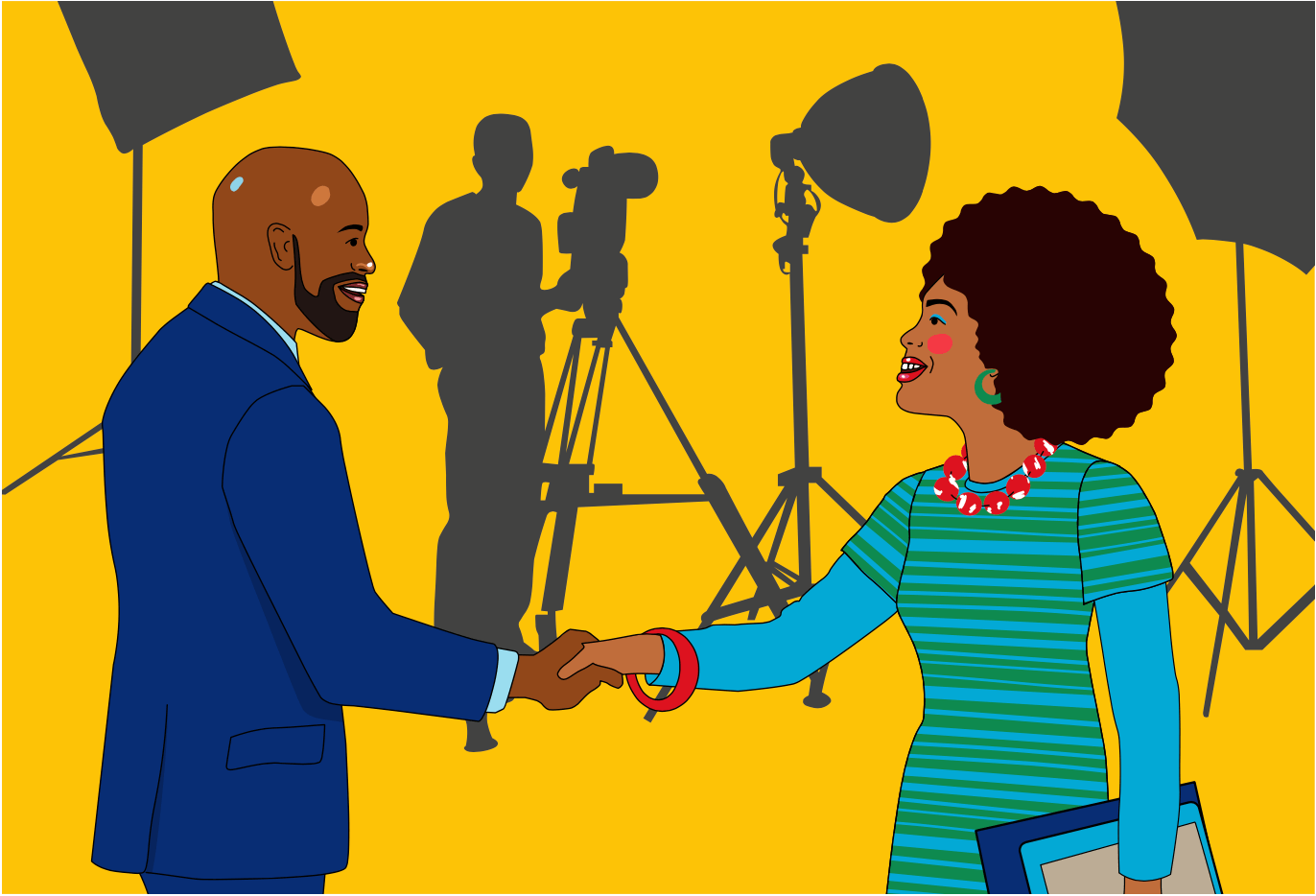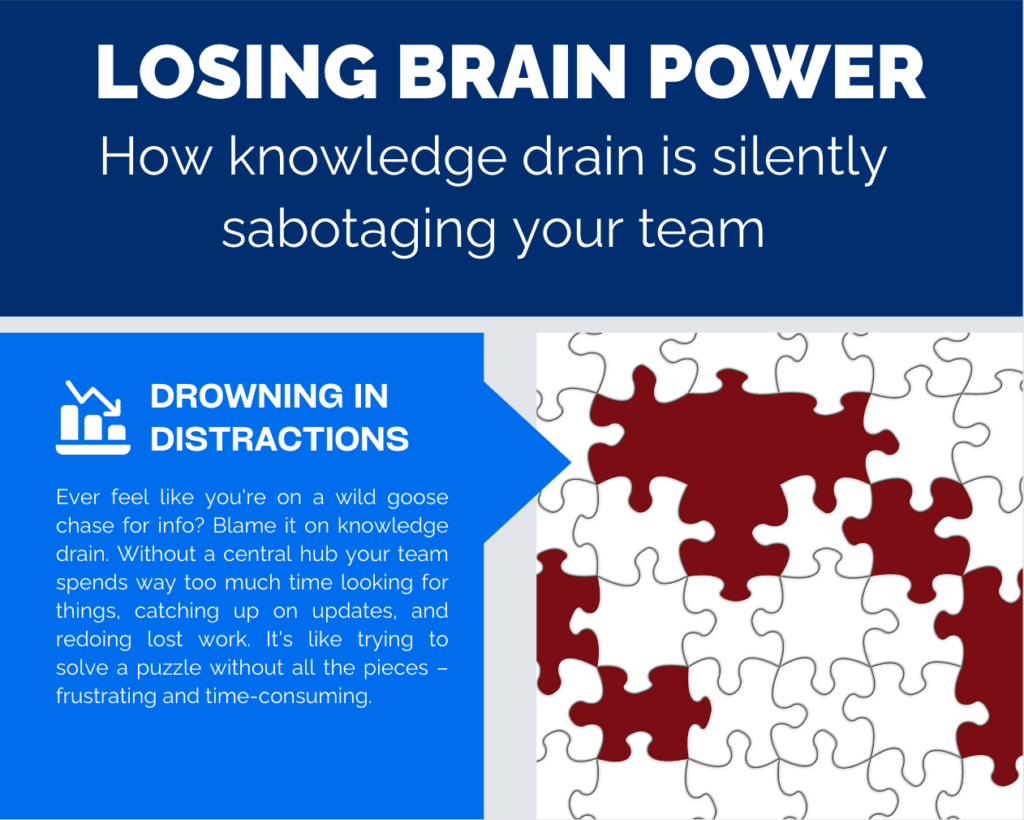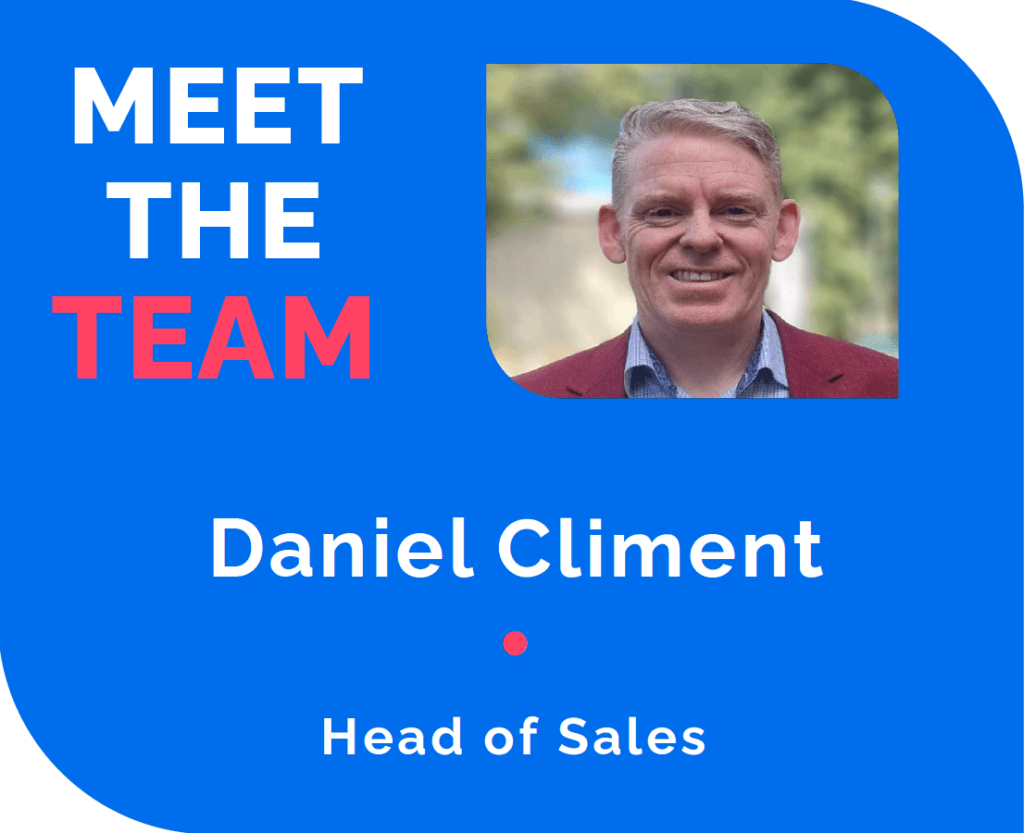Six years ago, on my last afternoon working on a factual series for a British broadcaster, I found myself hurrying to fill out a diversity monitoring form, to get all the post-production paperwork out the door!
It asked me lots of questions that I didn’t know the answers to – like the ethnicities of the contributors and production team. Did anyone have a visual impairment? What age would that contributor be perceived as?
After five months of working on this particular series, I couldn’t remember the ethnicity, age, and gender of every contributor, runner, and researcher. I feared that my data would be at best, patchy, at worst, misleading. Oh well, I was a mixed-race female in a senior role, so that was at least one piece of data that I could report on confidently!
Six years on, as someone who has since worked hard to understand the industry’s diversity issues better – and has now designed an inclusive talent platform to ‘do diversity better’ – I find myself smiling at my naivety at that time. But I also worry that diversity and inclusion could just so easily continue to be a box-ticking, sometimes afterthought activity if we don’t all make it part of our everyday activities and professional culture.
As well as being the right thing to do, the evidence is clear that recruiting a diverse team and creating an inclusive culture is not only great for business – it is critical to winning business and staying relevant to audiences. The latest McKinsey report details how globally the most diverse companies are now more likely than ever to outperform less diverse peers on profitability. A string of reports from Ofcom make the case in no uncertain terms. “We want a TV industry where differences are celebrated, and the door is open to all,” says Sharon White, Ofcom’s Chief Executive.
And on a practical note, if you are hoping to get a commission green-lit with the BBC, or Channel 4, you must demonstrate the breadth of diversity within your team before production can begin.
If it is the no-brainer, priority business-case thing to do, why are we finding it so hard?
In short, the answer is that the problem is complex and not solvable in one fell swoop. There are many cross-cutting economic, educational, structural, and cultural reasons why people with great skills and huge potential don’t end up in TV jobs, or even being looked at by decision-makers. There’s lots been said and written about this topic, but to give you a quick, practical tour around the inclusion labyrinth, here are my top 3 ‘telly barriers’ based on conversations I’ve had in the last year with emerging and established production talent from underrepresented groups in media.
1. I don’t have a driving licence (yet)”. It is such a simple issue but it is a total blocker to a runner or researcher with excellent practical and editorial skills, who hasn’t been able to afford to learn to drive.
2. “Because I am a wheelchair-user I feel like I am a burden on shoots.” This comment was from a hugely talented and inspirational production coordinator who has been in the job for 15 years. This person should feel comfortable to attend the shoots that they set up and progress in their career – it’s not happened (yet.)
3. “I feel like the only option open to me is to work in development because I care for my parent and have two young children.” An example of a hugely experienced P/D’s skills being wasted here because she can’t go for the top-flight production jobs due to her important commitments at home.
So how do we begin to tackle some of these barriers?
If you work in production and have any power and influence on hiring, budget, and workplace culture, you can start to make changes and you can influence the culture and progress of your organisation.

Here are my top three things that you can do right now:
1. Start looking for fantastic talent from harder-to-reach groups in your patch, regardless of if you have a role to fill. Build up a diverse talent pipeline and a book of wider contacts, beyond your tried and trusted go-to’s. Need help with this? A shameless plug but what the heck, Gritty Talent can get you started!
2. Collect basic diversity data from your teams as people come on board. This doesn’t have to be endless questionnaires, but it will help you see where your gaps are (and you’ll be able to fill in your monitoring forms in a fraction of the time!)
3. When you onboard team members, ask them what they need to do their best work and show up every day feeling unencumbered. For a working mother that might mean flexible and part-time hours to fit around nursery and school times. For a person in a wheelchair, it means ensuring the office, entry to the building, and car parking are accessible and sorted out before they arrive on a busy production.
While it will take years to get our talent pipelines into a healthier state, it starts with a commitment. I believe that the talent (and rewards) will then follow.



